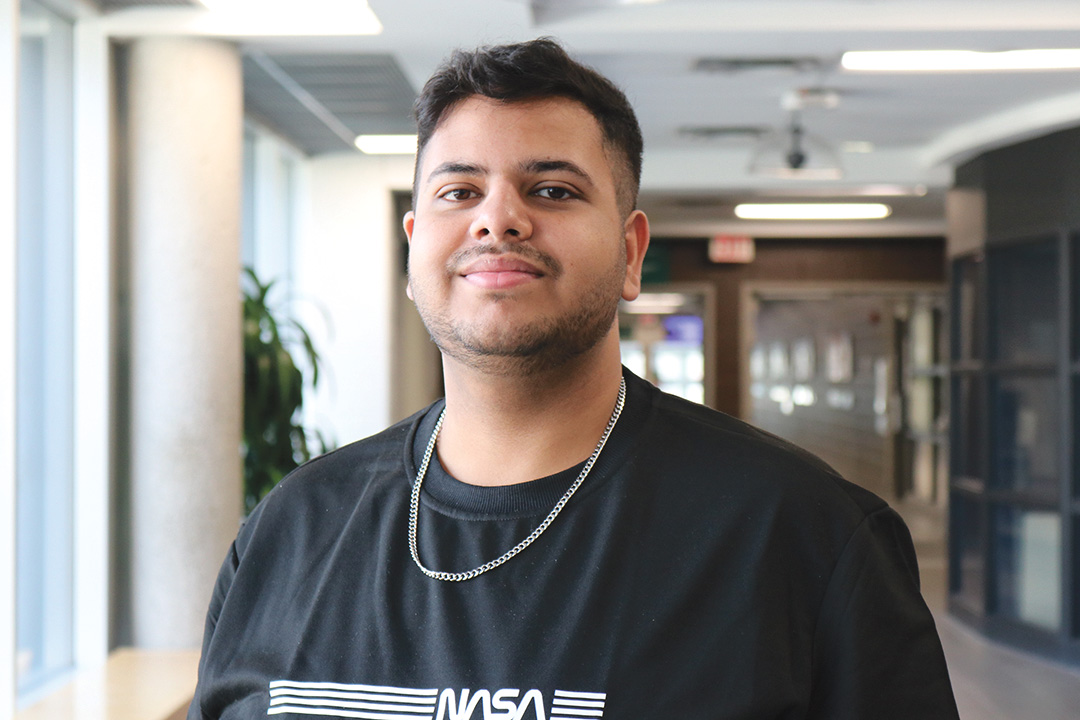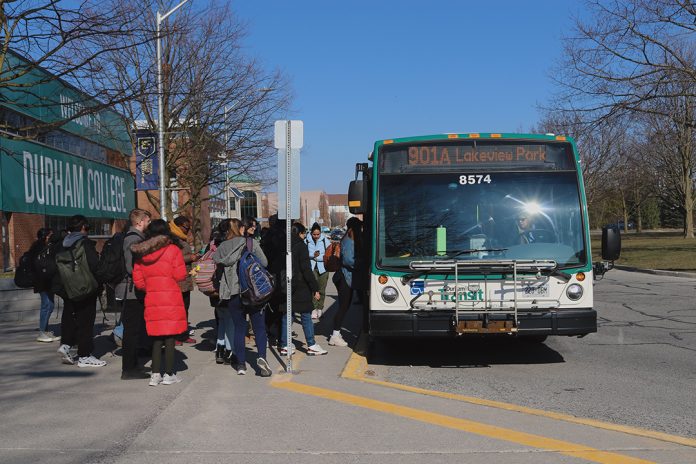Gurjeet Kaur’s daily commute to college was regularly marked by long travel times and unpredictable pauses at bus stations, combined with regular encounters with overcrowded buses.
Her experience reflects the wider issues troubling the city’s public transit network.
In response to concerns raised by students and the general public, Durham Region Transit (DRT) evaluated their on-time performance and service availability and measured ridership and route performance.
The results, according to Bill Holmes, the general manager of DRT, indicated a need to suspend services on underperforming routes and to reallocate resources to high-demand areas.
As a result, DRT decided to implement changes to the transit system, which took effect in January this year.
According to the DRT website, following “successful navigations and record-breaking ridership in 2023,” the DRT recognized the need for additional resources in high-demand areas.
The changes that happened in January involved the introduction of new services in high-demand areas such as Whitby and local Uxbridge destinations. In addition to the new routes, the DRT has also modified its existing routes and services.
Despite these modifications, which aim to boost dependability and expand capacity on primary routes, some people are still struggling with transit issues.

Ahmad Jamil, another student of Durham College, says the changes have made it difficult for him to board the bus on the way to college. He says buses coming from the downtown, particularly the southern part, are often overcrowded.
Kaur said that because the buses are overcrowded, it is challenging to get onto the bus “during noon time.”
Acknowledging the issue of limited capacity, Holmes said they are aware of the existing “demand pressures” that surpass their current capacity. He said the region and the DRT are committed to “enhancing the level of service” they offer in terms of regularity, dependability, coverage, and accessibility.
Khaleed Dunkin, a bus operator, complained that the DRT has fewer buses and suggested that “at least a thousand” buses are needed in the region alone.
Holmes said DRT resources are allocated based on the annual budget. As part of the 10-year plan, they will be growing their fleet. According to Holmes, DRT has “roughly 197 buses in the fleet,” and by the end of this quarter, the number will increase.
“I think… you’ll see us getting better every year, with significant [increases in] levels of service and the resources we have available,” he said.




